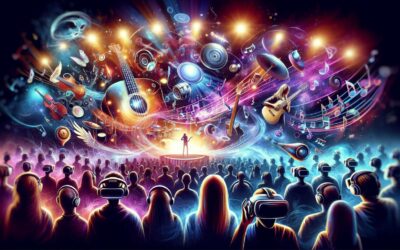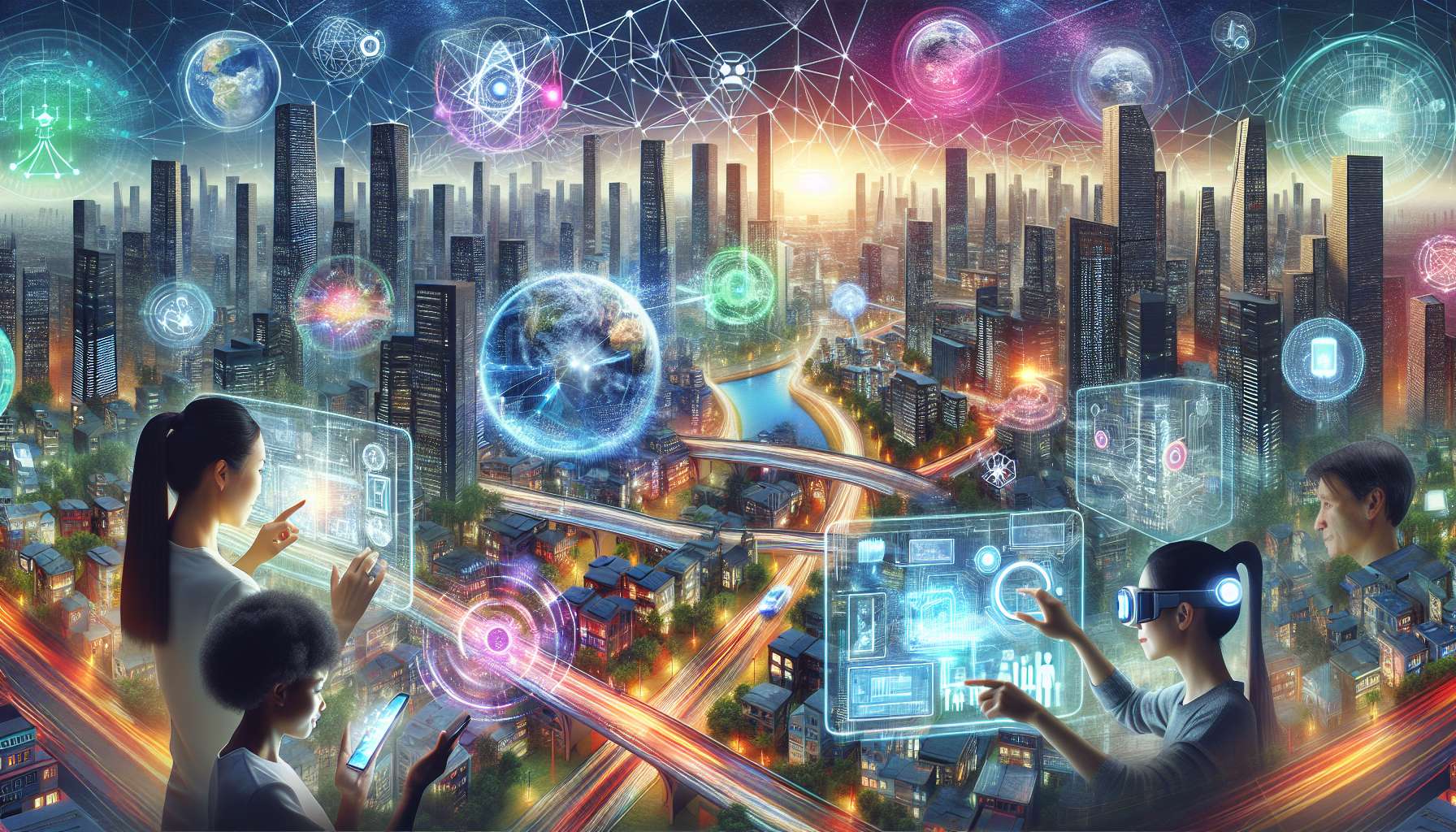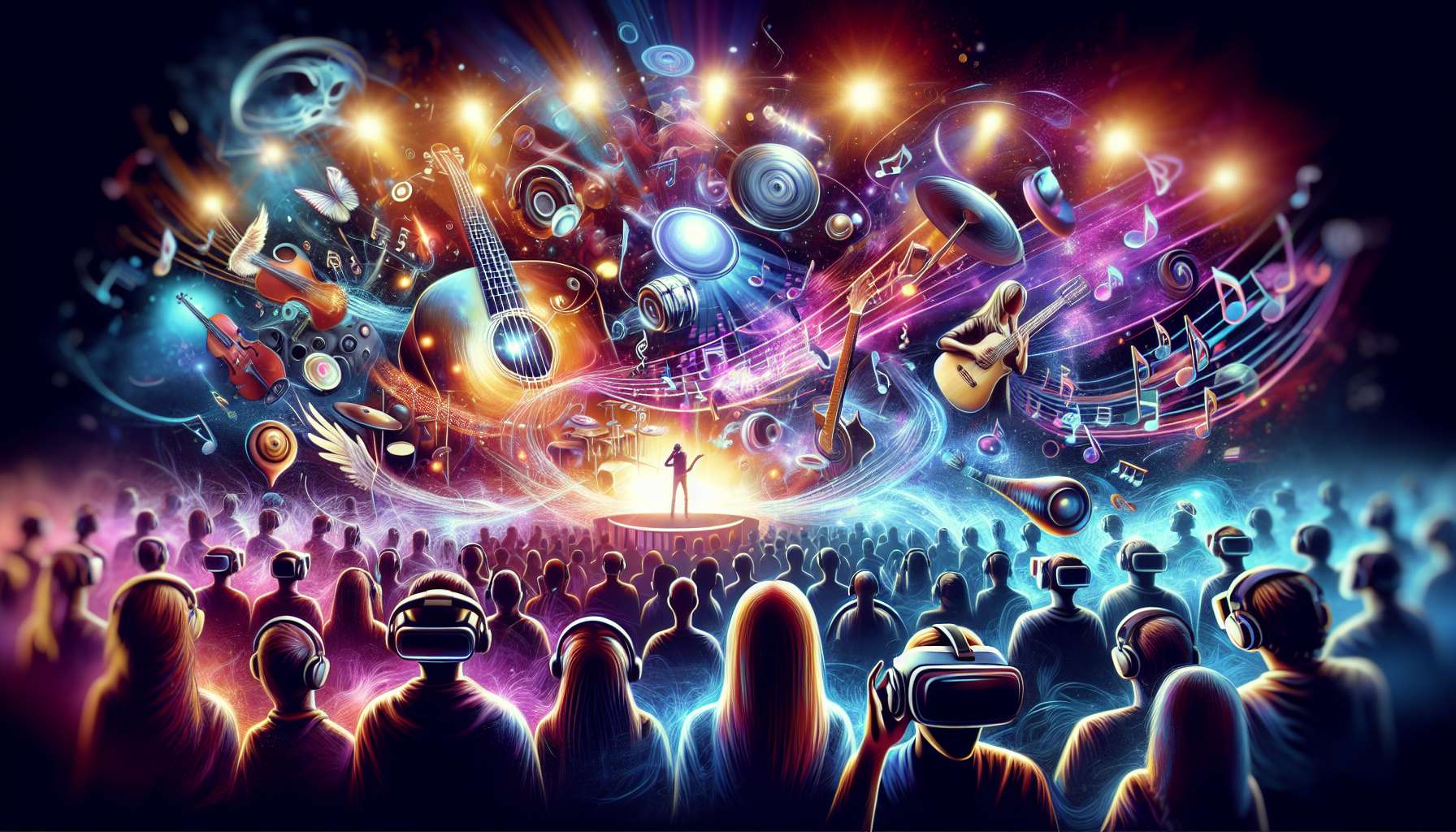Augmented reality (AR) is revolutionizing the way we interact with the world around us, and its potential impact on smart cities is immense. By overlaying digital information onto the physical environment, AR technology has the power to transform urban landscapes into dynamic, interactive spaces that enhance the lives of residents and visitors alike.
One of the key benefits of integrating AR into smart city infrastructure is the ability to provide real-time data and insights to users. For example, AR-powered navigation systems can guide pedestrians through city streets, highlighting points of interest, providing directions, and even offering historical information about landmarks. This not only enhances the overall user experience but also promotes a deeper understanding and appreciation of the city’s cultural and historical significance.
In addition to navigation, AR can also be used to improve public safety and security in smart cities. By overlaying real-time crime data onto a city map, law enforcement agencies can quickly identify high-risk areas and allocate resources more effectively. Similarly, AR-enabled emergency response systems can provide instant access to critical information, such as building layouts and evacuation routes, helping first responders react swiftly in crisis situations.
Furthermore, AR technology can facilitate better urban planning and design by allowing city officials to visualize proposed infrastructure projects in a realistic context. By creating virtual models of new buildings, parks, and transportation systems, planners can assess the potential impact of these developments on the surrounding environment and make informed decisions that benefit the community as a whole.
Overall, the integration of augmented reality into smart city initiatives holds great promise for building a more connected and sustainable future. By leveraging AR technology to enhance navigation, public safety, emergency response, and urban planning, cities can create more engaging and efficient environments that improve the quality of life for residents and visitors alike. As we continue to embrace the possibilities of AR, we are paving the way for a smarter, more interconnected world where technology serves to enrich our everyday experiences.








